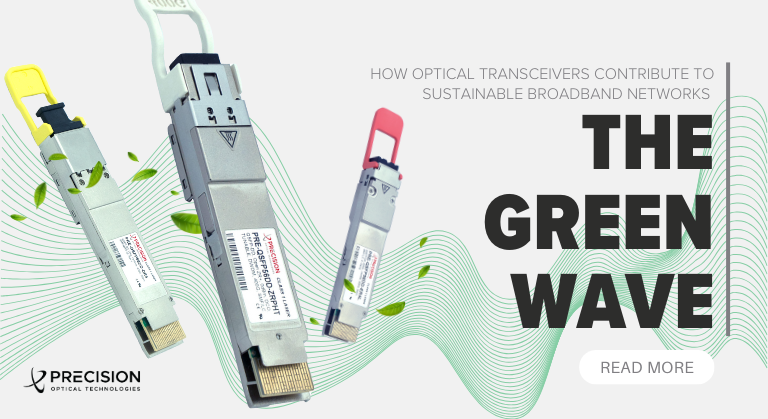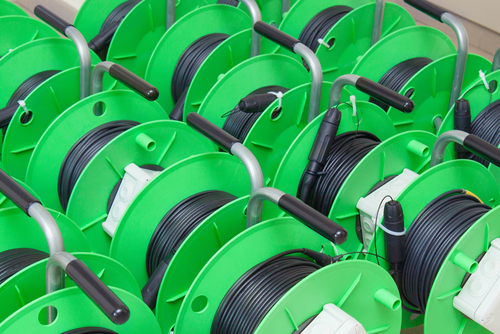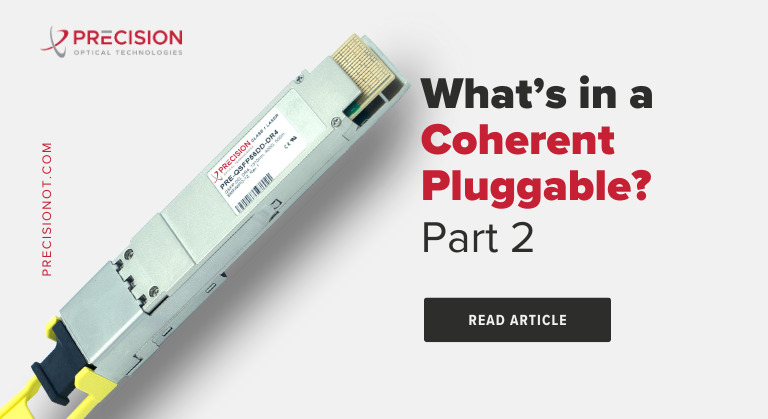
Potential Fiber Optic Technology Engineered for AV Integration Projects

A new type of fiber optic cable has been engineered that far exceeds the capabilities of traditional, copper-based Category 7 cables used in AV integration projects. The new fiber optic cables are constructed with a new proprietary polymer coating between the glass and the outer sheathing, which serves to increase the tensile strength, load capacity and flexibility.
Copper-based Category 7 cables, when pulled, are able to withstand a force of up to 25 lbs. before breaking. In contrast, the new, polymer-sheathed fiber optic cables are able to withstand a force of 225 lbs.; an increase of 900%. The polymer-sheathed cables are also far more flexible than traditional copper cables. Category 7 cables can withstand a curve radius of 80 mm, while the new cables can withstand a 2.2. mm curve radius without breaking or interrupting the connection.
During research and development, engineers took contamination into consideration. Fiber optic cables are at their most vulnerable to contamination during installation, when affixing the connector to the termination at the end of the fiber cable. To reduce risk of contamination during installation, the cables are terminated using a method known as “mechanical splicing.” This method keeps the glass core of the cable fully enclosed inside the protective polymer coating and outer jacket of the cable. As the glass cores kept fully enclosed during the installation process, the risk of contamination – particularly when used outdoors – is significantly reduced.
The final benefit that the fiber optic cables receive from the new, proprietary polymer coating is longevity. The cables are said to last at least 50% longer than traditional fiber optic cables currently on the market.






